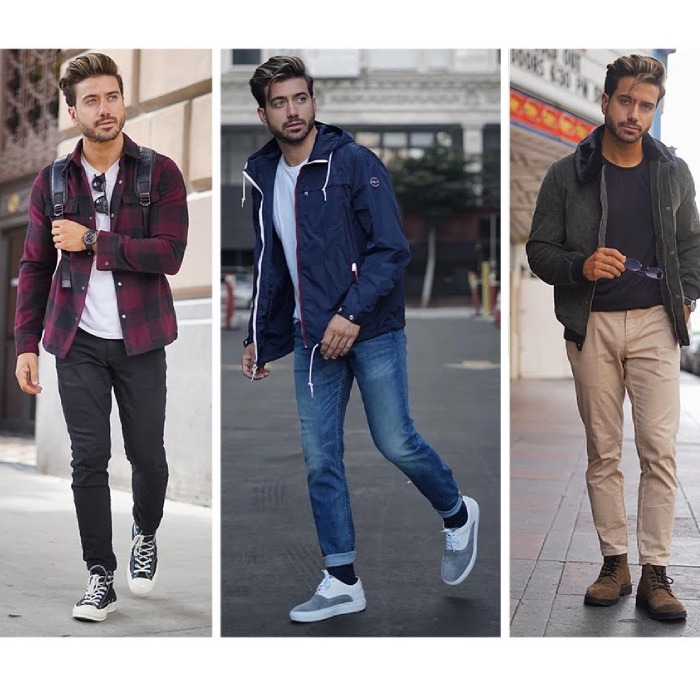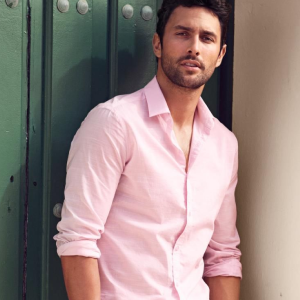
THE ART OF LAYERING FOR MEN THIS FALL
Let’s say I was able to convince you to layer your outfit this fall. How do you go about this?
# When it comes to visible layers, your undershirt sometimes can be flimsy and shoddy, but never an issue as long as it is discreet. Go for a simple sleeveless cotton shirt, extremely comfy and practical under-layer. If the under-shirt is seemingly tacky, then this isn’t for you.
# Do you have your untucked shirt tails jutting out of your sweater? It isn’t a great look at all. You shouldn’t try this out unless you desperately want to. In other words, never go for a blazer or sports jacket that is visibly longer than the coat on top of it during chiller months.

# There is a practical function of every layer. Inner layers should be light and breathable against the skin, and draw moisture away from it. Coming to shirt layers, they should offer a decent visual anchor functioning as a contrasting layer above others, and be soft and breathable. Middle layers are generally jacket layers, but could also allow a cardigan or vest as a replacement. Outer layers or coat layers are meant for outdoors, and they include wool overcoats, trench coats, peacoats and almost any blazer coat. Shell layers are thin, protective outfits for inclement weather—and anything from Gore-Tex jacket to a waxed cotton field jacket can be choices. I think I’ve got you literally covered—an undershirt, a base shirt, a sweater or jacket, a topcoat, and if required a shell, you’re ready to go.
Recent Posts

